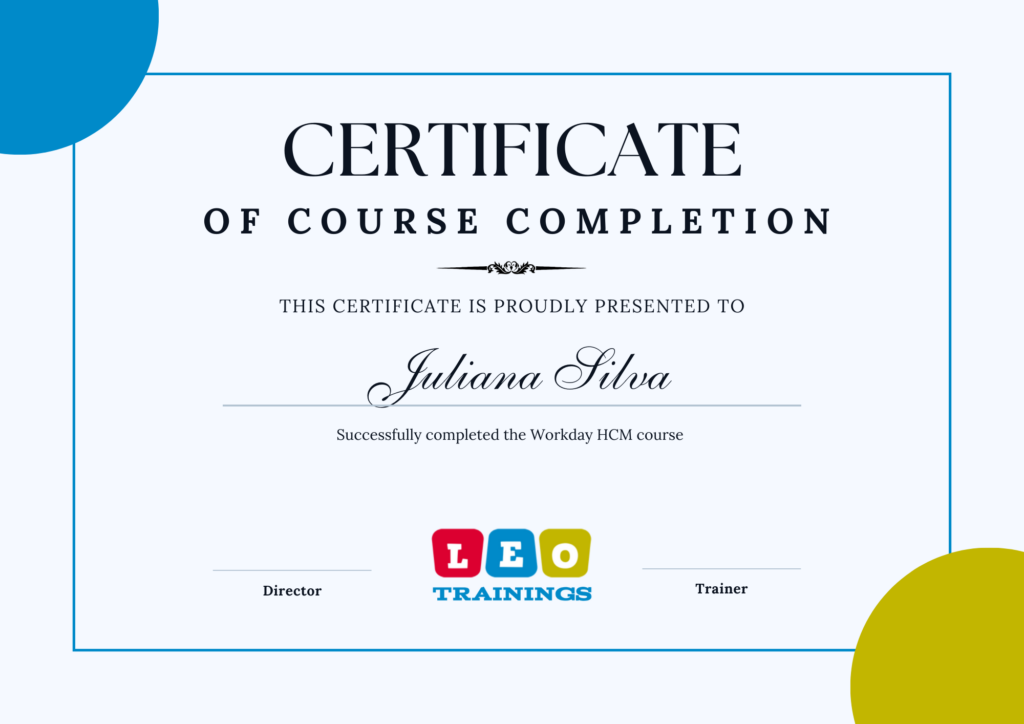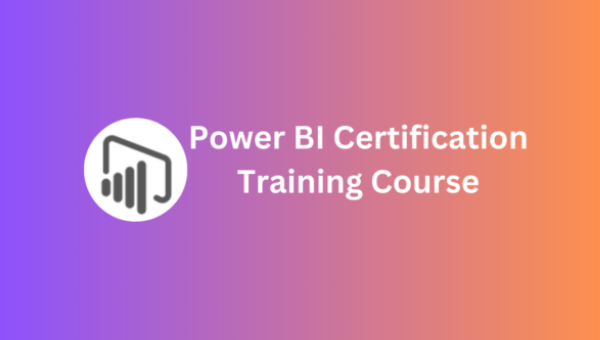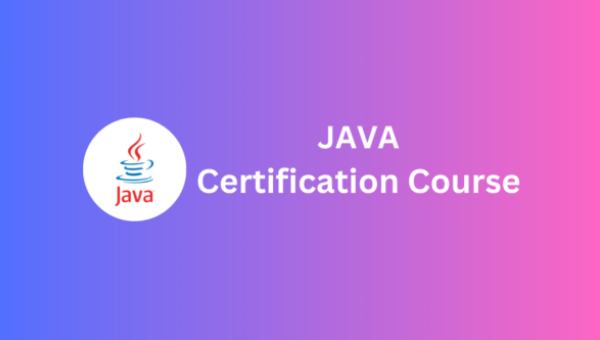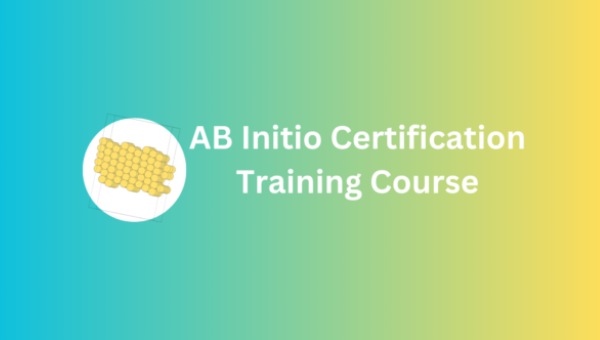- Home > Artificial Intelligence > Microsoft Azure AI
Full Stack Python Training Course
- 1000+ Ratings
- Learn from the World's Best Faculty & Industry Experts
- Learn with fun Hands-on Exercises & Assignments
- Participate in Hackathons & Group Activities

4.8 ✰
Google Review

4.8 ✰
Review

4.8 ✰
Review

3486+
Students Trained
Key Highlights
- Live interactive sessions
- Certification Providing
- Available Self-paced Videos
- Career Services by Leo Trainings
- Live Projects, Questions & Quizzes
- Job Placement Assistance
- Live Classes With Industry Expert Faculty
- 24/7 Support
Python Training Course Overview
🐍 Introduction to Python
Python is one of the most versatile and beginner-friendly programming languages in the tech world today. Known for its simple syntax, powerful libraries, and wide-ranging applications, it’s the go-to language for many developers—from web developers to data scientists.
What is Python Training?
Python Training is a guided, structured program that teaches individuals how to code using Python. It includes courses, hands-on projects, quizzes, and certifications that help you go from beginner to expert. Whether you’re learning for career growth, academic research, or hobby projects, this training offers an accessible way to master programming.
Flexible Learning Paths
You can learn Python for:
Web development (with Django or Flask)
Data science and analytics (with Pandas, NumPy)
Machine learning (with TensorFlow, Scikit-learn)
Automation and scripting (with OS and Sys libraries)
💡 Why Choose Python?
🚀 Python’s Growing Popularity
Python consistently ranks among the top programming languages in global developer surveys. Its use in industries like finance, healthcare, AI, and automation makes it a valuable skill in the modern job market.
🔧 Applications of Python
Python is used for:
Web development
Data science and machine learning
Automation and scripting
Game development
Artificial intelligence and robotics
👨💻 Who Should Learn Python?
- Job Market Demand
- Career Advancement Opportunities
- Developers
Python is for everyone. Whether you’re a student, a working professional, or someone switching careers, Python offers something for you.
🌱 Beginners with No Coding Background
Python’s clean syntax and readability make it perfect for absolute beginners.
📊 Data Scientists and Analysts
Python’s data manipulation and analysis libraries (like Pandas and NumPy) make it indispensable in data science.
🌐 Web and App Developers
Frameworks like Flask and Django let developers build dynamic web apps efficiently with Python.
Python Training Benefits Your Career
- Enhancing Your Technical Skillset
- Enhanced Job Performance
- Increased Earning Potential
- Greater Job Satisfaction
Python is for everyone! Here’s who benefits the most:
Absolute beginners to programming
Students in science, finance, or engineering
Web and software developers
Data analysts and machine learning enthusiasts
IT professionals looking to automate tasks
Python Key Features
- The syntax is readable and easy to pick up, even for those with zero coding experience.
- You’ll get step-by-step video instructions, code walkthroughs, and downloadable resources.
- Interactive Coding Exercises
- Recruiting and applicant tracking system (ATS)
- Onboarding and offboarding workflows
- Performance management with goal tracking

Flexible batches for you
Instructor-led Python Spark Certification Training using PySpark live online Training Schedule
Who Should Take Python Training?
- HR Professionals
- Business Analysts
- Consultants
- Any Degree Commpleted
- IT professionals
- Software Testers
- Career & Job Seekers
- Finance Professionals
Python Training is more than just a coding class—it’s a career accelerator. Its simplicity, versatility, and real-world relevance make it one of the smartest skills you can invest in today. Whether you want to break into tech, automate boring tasks, or dive into the world of AI, Python opens the door.
Training Options
Online Training
- Live online training from Certified Trainers
- Your Flexible Time and if are you interested next batch also give access
- 24x7 learner assistance and support
Batch Starting From
- 22nd Mar, Weekdays Batch
Corporate Training
- For Corporate Training from Certified Trainers with 12+ years experts
- Your Flexible Time and provide daily 4 to 8 Hours
- 24x7 learner assistance and support
Our Training Benefits
- As your requirement online or ofline
Self Paced Training
- Provide Self Faced With Life Time Acces
- Also provide material, if need access
- 24x7 assistance and support if have any doubt
Best Price And Quality Job Oriented Videos
- Contact Our team for more details
Career Services

- Career oriented Online sessions
- Job Or Placement Assistance
- Mock Interview And Resume Preparation
- Resume and Linked in Profile
- Exclusive Access Popular Job Portal
- One on One and Group Batches
Python Course Syllabus
- Live Course
- Self-Paced
- Industry Experts
- Academic Faculty
CORE PYTHON
Introduction
- Understanding the Open source
- Understanding Interpreters
- Introduction to Scripting languages
- Evolution of python
- Installation of python
Getting started with Python
- Creating the first python program
- Understanding the .py extension
- How to run the PYTHON PROGRAM
- Introduction to .dat and .dml files
- Partition Components
Python Scripts execution
- Using the python command line
- Using IDLE
- Using IDEs
- Using a regular command prompt
Variables
Various ways of printing
General datatypes in python
Boolean functions
Operators
- Arithmetic
- Relational
- Logical
- Assignment
- Membership
- Identity
- Unary
Type casting
Literals
Comments
Strings and its types
- Single line
- Multi line
- Doc strings
Accepting inputs
- Raw inputs and normal inputs
Control Statements
- Sequence control
- Decision control
- if(pure if)
- if-else
- if-elif
- nesting
Loop control
- for
- while
- for-else
- while-else
Break, continue and pass keywords
Indexing and slicing
Special datatypes
Lists
- What are lists?
- Mutable lists
- In operator
- Traversing a list
- List operations
- Converting a list to string
- Converting a string to list
- Aliasing in lists
- Functions in lists
- Range function
Sets
- Properties
- Various operations
- Casting
- Mathematical operations
Tuples
- What is tuples?
- Indexing in tuples
- Slicing in tuples
- Immutable tuples
- Lists and tuples
- Functions in tuples
Dictionaries
- Keys and values
- In operator
- Looping in dictionaries
- Lookups in dictionaries
- Dictionaries and tuples
- Functions in dictionaries
- Single key with multiple values
- Dictionaries vs. sets
Functions
- Without arguments
- With normal arguments
- With positional arguments
- With named or keyword arguments
- With default arguments
- With variable length arguments
- With dictionary arguments
- Functions returning single and multiple values
- Pass by reference
- Pass by value
- Anonymous functions
- Understanding the docstrings
- Lambda, map, filters
- Understanding the return keyword
- Global scope
- Local scope
Modules
- What are modules?
- Understanding the namespaces
- Various ways of importing
- Various ways of accessing
- Aliasing
- dir () function
- Installation of a module
- Properties of a module
- Understanding the victualing
Packages
- Packaging a module
- Understanding initial
- Establishing the relation between the modules and Packages
- Sub packages
Files
- Reading and writing files
- Methods of File Objects
- Modes
- Reading
- Writing
- Modify
- Executing database queries using python scripts
- File creation in the default and specific locations
- read(),readline() and readlines()
- Merging
- Files similar schema
- Files different Schema
- Flip Kart Example
- Buffering in files
ADVANCED PYTHON
OOPS
- OOPS Paradigm
- Differences between Procedural and Object Oriented Programming
- OOPS Approaches
- OOPS Principles
CLASSES AND OBJECTS
- Understanding the classes in python
- Employee class
- Using the class statement
- Creating the objects for classes
- Methods in classes
- Differences between the methods inside the class and outside the class
- Self keyword
Encapsulation
Inheritance
Types
- Single
- Multilevel
- Hierarchical
- Multiple
- Hybrid
- Problems with multiple inheritances
- Understanding the super method
Interfaces
- Interface and its properties
- Differences between an abstract class and an interface
Abstraction
- Abstract methods
- Abstract classes
- Decorative
- ABC module
Installing predefined modules
Working with excel files
OS Commands
Constructors
- Parameter less
- Parameterized
- Differences between the methods and constructors
- Advantages
Destructors
Garbage collectors
Exceptions
- What are exceptions?
- Various types of exceptions
- Exception handling - try,except,else,finally
- Displaying predefined and user defined messages
- Trapping errors
- Raising exceptions
- Customized exceptions
Lambda, Map and Filter functions
Command line arguments
DATABASE CONNECTIVITY
- What is database and its purpose?
- Types of databases
- What is a query?
- Working with oracle/MySQL databases
- How to install MySQL-server and oracle
- How to know what modules to install
- Operations
- Creation of tables
- Insertion
- Data retrieval
- Updation
- Alterations
- Deletions
- Other operations
Python and MySQL
- Connecting the python application with the database
- Cursors
- Running the queries
- Fetching the required amount of data and the complete data
- Loading thedata from the database tables into excel file and text file
MULTI THREADING
- Concurrent programming
- Creating and starting a thread
- Thread module
- Improving the performance using threading
- join() function
Ways to implement threads
- Creating threads using our own classes
- Creating Thread by creating a child to "Thread" class
- Creating a thread directly without classes
- Several methods of thread class
- Thread Synchronization
- Locking mechanism
Various ways of printing
Introduction
- Introduction to Abinitio
- Abinitio Architecture
- Graph Programming
- Introduction to .dat and .dml files
- Partition Components
Introduction
- Introduction to Abinitio
- Abinitio Architecture
- Graph Programming
- Introduction to .dat and .dml files
- Partition Components
General datatypes in python
Introduction
- Introduction to Abinitio
- Abinitio Architecture
- Graph Programming
- Introduction to .dat and .dml files
- Partition Components
Boolean functions
Introduction
- Introduction to Abinitio
- Abinitio Architecture
- Graph Programming
- Introduction to .dat and .dml files
- Partition Components
Operators
Introduction
- Introduction to Abinitio
- Abinitio Architecture
- Graph Programming
- Introduction to .dat and .dml files
- Partition Components
Type casting
Introduction
- Introduction to Abinitio
- Abinitio Architecture
- Graph Programming
- Introduction to .dat and .dml files
- Partition Components
Literals
Comments
Strings and its types
Accepting inputs.
Control Statements
break, continue and pass keywords
Indexing and slicing
Special datatypes
Free Career Counselling
We are happy to help you 24/7
Why Workday Course From Leo Trainings
- Live Interactive Learning
- Expert-Led Mentoring Sessions
- World-Class Instructors
- Instant doubt clearing
- Lifetime Access
- Unlimited Access to Course Content
- Free Access to Future Updates
- Course Access Never Expires
- 24x7 Support
- One-On-One Learning Assistance
- Resolve Doubts in Real-time
- Help Desk Support
- Hands-On Project Based Learning
- Course Demo Dataset & Files
- Resolve Doubts in Real-time
- Quizzes & Assignments
- Industry Recognised Certification
- Graded Performance Certificate
- Leo Trainings Certificate
- Certificate of Completion
- One to One Mentorships
- Devise And Access Information
- Certified Instructors
- Platform Usage
Exam & Certification
What steps do I need to take to unlock the Leo Training certificate?
Starting as a complete beginner can be daunting. Although there are many tutorials, documentation, and pieces of advice available, it’s unclear how to begin and progress with learning
What is the Value of Leo Training's Online Training Certification?
Leo Training’s online training certification holds significant value for professionals looking to advance their careers and enhance their skill set. As online learning continues to grow in popularity, many professionals are turning to platforms like Leo Training to gain knowledge, develop expertise, and obtain credentials that validate their skills. But what exactly makes Leo Training’s online certification valuable? Let’s explore the key benefits and reasons why this certification can be a game-changer for your career.
Do you have any sample interview questions for Leo Trainings?
When preparing for an interview with Leo Trainings offering training programs, it’s essential to be ready for questions related to your experience, your understanding of the training, and your goals. Below are some sample interview questions you might encounter during a discussion with Leo Trainings:
What steps do I need to take to become a developer?
Becoming a developer can be an exciting and rewarding career path, but it requires dedication, learning, and hands-on practice. Whether you want to become a web developer, mobile app developer, or a software engineer, the steps you take will largely overlap. Here’s a step-by-step guide to help you become a developer:
What motivated you to choose Leo Training over other training providers?
Here, you can discuss why you believe Leo Training stands out—whether it’s their course offerings, certifications, flexibility, or your research on their credibility.

❓ Frequently Asked Questions (FAQs)
1.How long does it take to complete Python Training?
- You can learn the basics in a few weeks, but becoming job-ready typically takes 3-6 months.
2. Can I get a job with just Python?
- Yes, Python is in high demand. Combine it with frameworks or libraries and build a solid portfolio.
3. Is Python suitable for non-programmers?
- Absolutely. Python’s readability makes it ideal for non-tech backgrounds.
4. What’s the best Python course for beginners?
- Start with free courses on Codecademy or Coursera, then move to more specialized topics.
5. Is Python used in AI and Machine Learning?
- Yes, it’s the leading language in AI/ML thanks to libraries like TensorFlow, PyTorch, and scikit-learn.
6. Do I need to know math to learn Python?
- Basic math helps, especially in data science. For general scripting and web dev, minimal math is required.
7. What kind of jobs use Python?
- Data Scientist Backend Developer, Automation Engineer, AI Engineer, QA Analyst , DevOps Engineer





